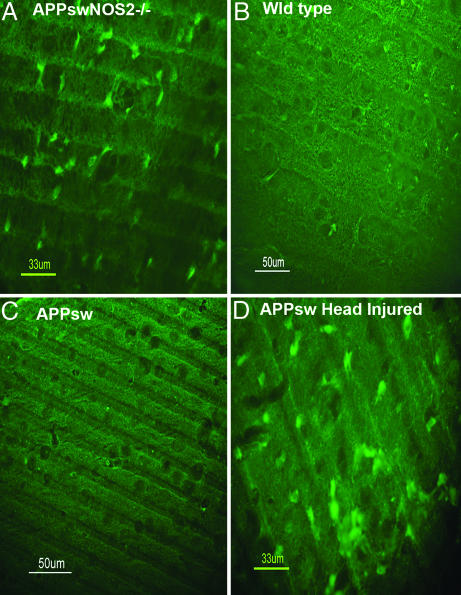
Mouse model of Alzheimer’s disease
Unmet Need
Alzheimer’s disease is a neurodegenerative disease marked by loss of cognitive function. There is currently no cure for Alzheimer’s disease. In fact, the limited therapies available only alleviate symptoms for a short time yet have no effect on disease progression. The prevalence of Alzheimer’s disease in the U.S is estimated to be 10.3% for people above the age of 65 with nearly 700,000 deaths due to Alzheimer’s disease or related complications in 2015. Alzheimer’s is the 6th leading cause of death in the U.S. There is a need for methods to study this disease.
Technology
Duke inventors have developed an animal system to study Alzheimer’s disease. This is intended to be used by research and development teams to develop effective therapies for Alzheimer’s disease and offer groundbreaking treatment options to the affected population. Specifically, the inventors have developed a murine model of Alzheimer’s disease characterized by an active human amyloid precursor protein, known to aggregate during disease progression. This has been demonstrated by its inducible nitric oxide synthase reduction compared to normal animals.
Other Applications
This technology could also be used when researching other diseases that have differential inducible nitric oxide synthase. These diseases could potentially include Crohn’s disease, celiac disease, psoriasis, multiple sclerosis, asthma and more.
Advantages
- Provides a method to study a disease with no current effective treatments
- Effective model with behavior symptoms that replicate disease
- Well researched model and published compared to other systems